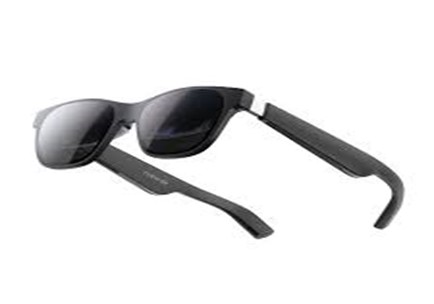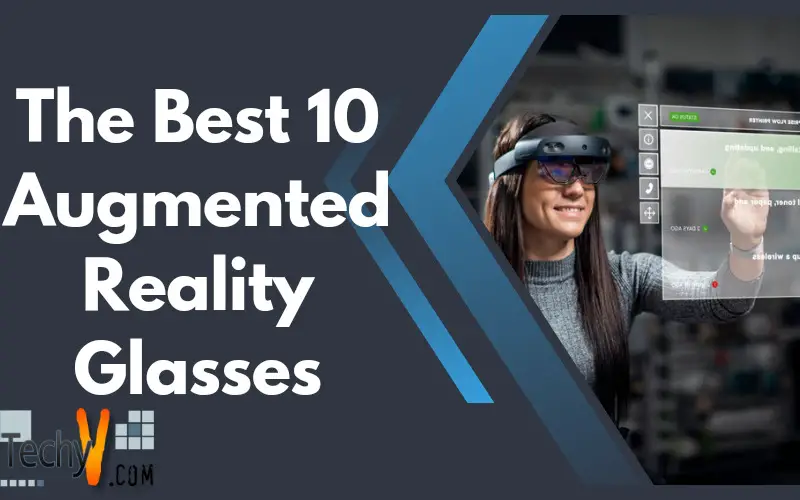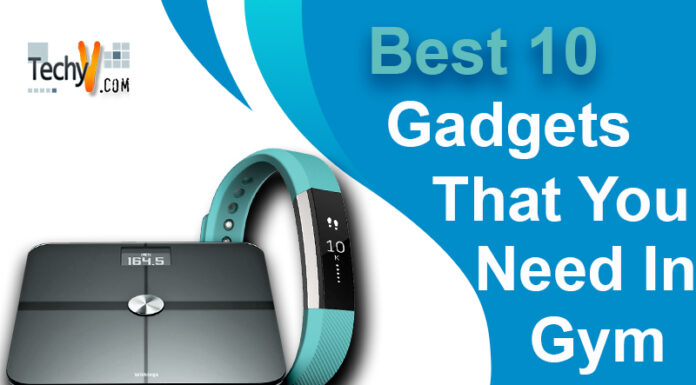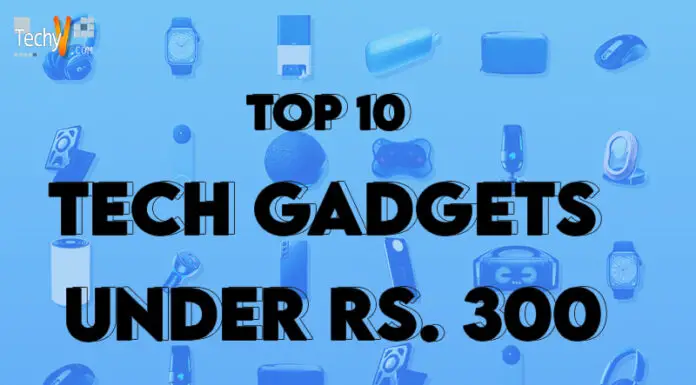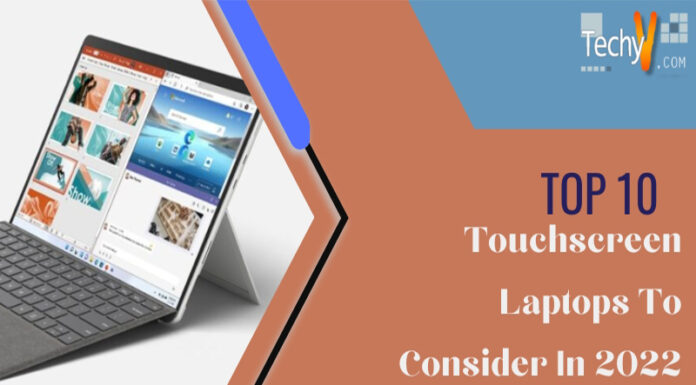Augmented Reality smart glasses are worn over the eyes the same way that regular eyeglasses are, but they are not. It generates and superimposes computer-generated or digital graphics, images, videos, animations, and three-dimensional holograms on real-world scenes. Additionally, environments are seen by the user from their point of view to improve their vision. Unlike virtual reality, augmented reality smart glasses do not completely replace the user’s environments or scenes with virtual ones but overlay 3D images on top of real-world environments to augment the user’s view. AR Glasses may also use geolocation methods such as GPS or SLAM in these glasses (algorithm-based simultaneous localization and mapping technology that also gets data from sensors).
1. Raptor AR Headset
It has many connectivity options, including WiFi, Bluetooth, ANT+, GPS, and Glonass. Users can see their heart rates, speed, and cadence and share routes, pictures, videos, and other content with other users. Beam technology, a WVGA+ technology, is claimed to project a straightforward wireframe display over an area equivalent to a 65″ screen placed 12 feet in front of a user’s eye.
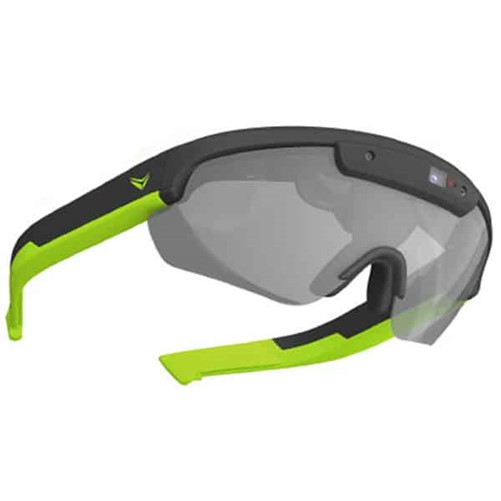
2. Microsoft HoloLens 2
Fifty-two degrees of freedom (compared to 34 in Edition 1); 47 pixels per degree or 2048 x 1080 pixels per eye. The most recent HoloLens 2 update has two 2K 120 Hz (refresh rate) displays that project 3D color 3D images over natural spaces, allowing the user to see mixed reality and interact with virtual 3D models and holographs.

3. Epson Moverio BT-300
It has a 23-degree field of view, an OLED display with 720p HD resolution, a 5MP camera, a dedicated controller, an apps market, a virtual screen size support of 80″, and 24-bit color reproduction.
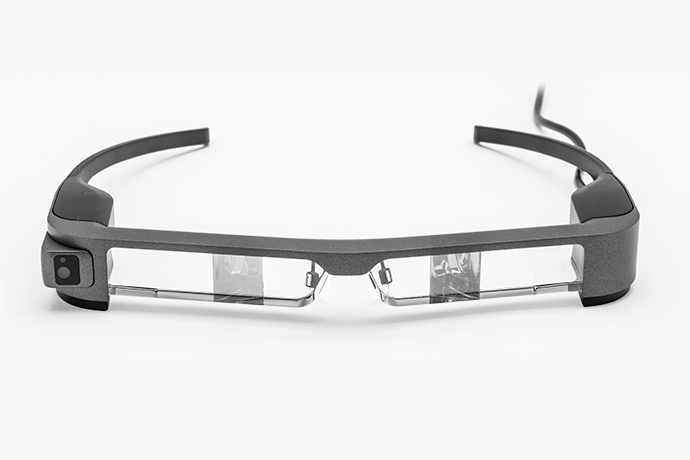
4. Third Eye Generation
Many AR and VR apps developed with various platforms, including Android Studio and Unity, are compatible. The VisionEye SLAM SDK allows AR headset users to create VR and AR content.

5. Magic Leap One
The Magic Leap One features front and rear triggers, front and rear haptics, and a hand-held controller with tracking for 6 degrees of freedom, similar to desktop VR controllers. Where to press in apps can be shown by LED lights activating.

6. Google Glass Enterprise Edition 2
With aided GPS, quicker and more consistent dual-band WiFi connectivity, a faster processor, and an updated 8MP camera for HD photos and videos, Google Glass Enterprise 2 is now available. It has 80 degrees of field of view and 720 p video capability.

7. Kopin Solos
The following are the key characteristics:
- 400 x 240-pixel resolution; 10.6-degree field of vision.
- Visual data displays, a microphone, and headphones for voice calls, music listening, controlling the device with speech commands, and audio guides are included in the gadget.
- Able to work with AR apps.
- A backup lens is offered.
- Mostly for athletes who enjoy sports, such as cyclists, runners, and triathletes. It tracks user performance in terms of time, speed, power, and heart rate.

8. Vuzix Blade AR
It engages Waveguard optics to project a see-through image in front of the user’s eyes. UV-protection lenses are available, as are prescription inserts and various color options.
Because it has built-in Android and iOS, it comes with a mobile app and an app store called VUZIX Basics, which has a variety of apps and content that works with smartphones (both iOS and Android).

9. Rokid Air AR Glasses
Immersive Vision Experience: It provides a 43° wide field of view, 55 pixels per degree, 1080P OLED dual display, and a 120″ massive screen, providing an experience beyond your vision. Produces crisp details and vibrant colors.
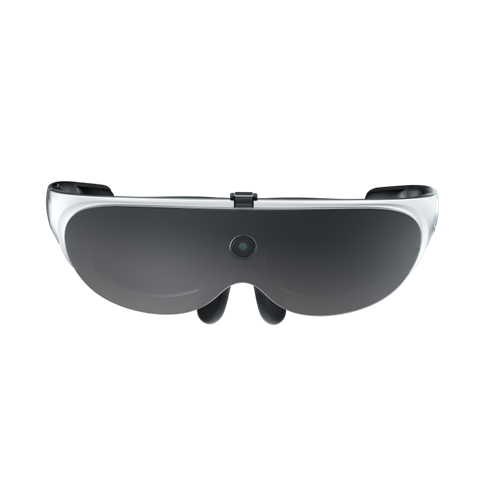
10. Nreal Air AR Glasses
Nreal Air AR glasses provide cinema-quality visual experiences with a 130-degree field view. “In Air Casting Mode, the display is in full HD. Or a 201 “In AR Space mode, the display is in full HD (compatible with Android devices only). Interact with augmented reality whenever and wherever you want.
